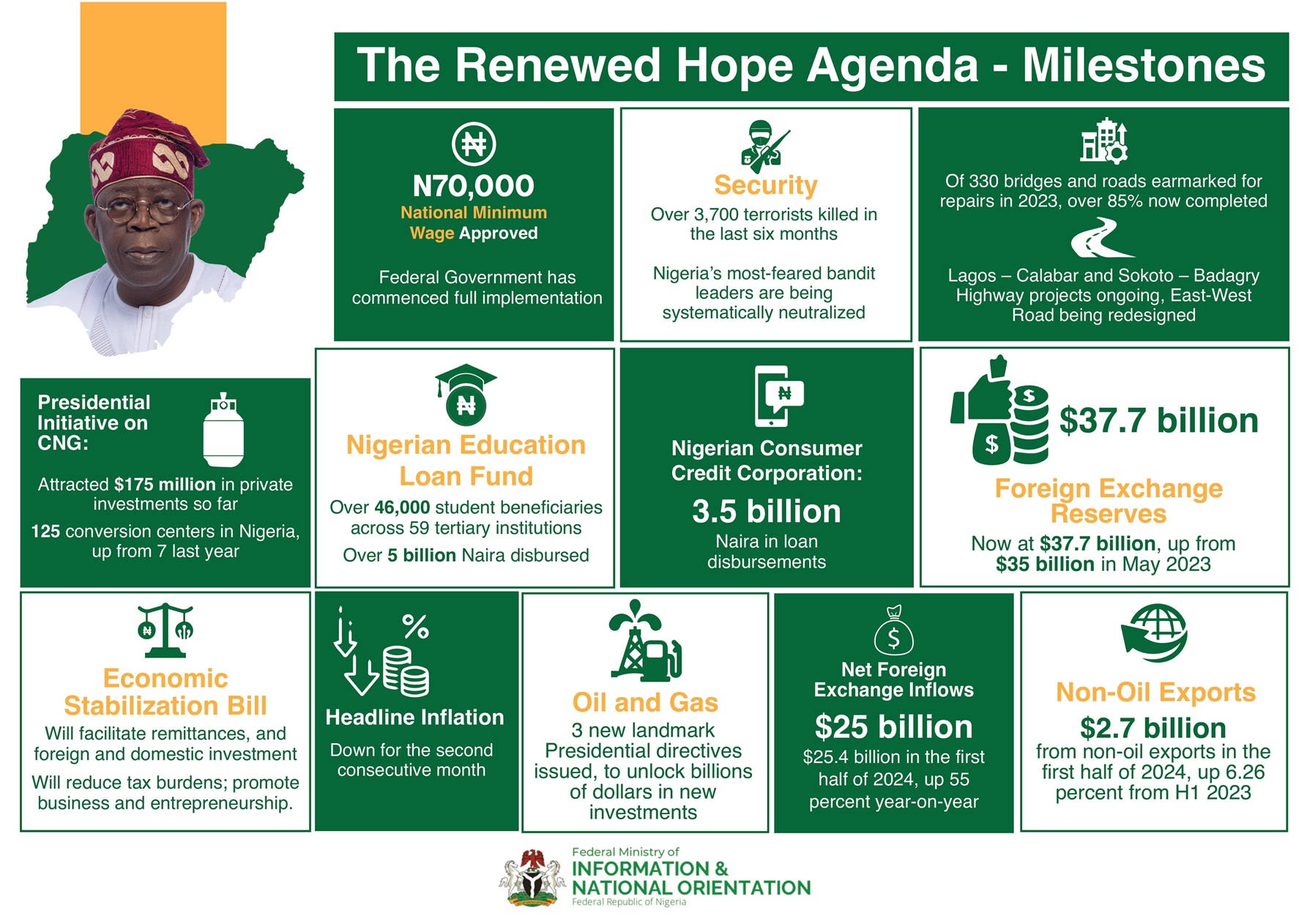TEHRAN, Iran (AP) — Iran’s supreme leader said Sunday that his country has outmaneuvered the United States in the four decades since the 1979 Islamic Revolution.
Ayatollah Ali Khamenei said Iran has “trapped the other party in the corner of the ring in many cases,” adding that U.S. aggression toward Iran has only grown “wilder and more flagrant” over the years. Khamenei was quoted on his official website in a speech to thousands of students, a day before the 40th anniversary of the U.S. Embassy takeover in Tehran.
Tensions have been high between Washington and Tehran following U.S. President Donald Trump’s decision over a year ago to unilaterally pull out of the 2015 nuclear deal with Iran and other world powers. The U.S. has sought to roll back Iran’s influence across the region by imposing sanctions and providing military and other aid to its adversaries. Those sanctions have kept Iran from selling its oil abroad and have crippled its economy. Iran has since begun breaking terms of the nuclear deal.
Khamenei, who has final say on all state matters, repeated his opposition to talks with the U.S. In October, he had said negotiations with the U.S. would not take place unless Washington returned to the nuclear deal by lifting its sanctions.
“A ban on negotiation with the U.S. is one of the most important instruments for closing the path for their intervention in Iran,” Khamenei said Sunday.
Iran routinely accuses the U.S. of interfering in its internal affairs. It now points to the Trump administration’s “maximum pressure” policy, which it describes as trying to topple its Shiite theocracy.
The Middle East is currently witnessing anti-government demonstrations in Lebanon and Iraq. While those protests are fueled by local grievances and mainly directed at political elites, they also pose a challenge to Iran, which closely backs both governments as well as powerful armed groups in each country.
Iran and its allies have expressed support for some of the protesters’ demands, but have also accused the U.S. and other Western countries of manipulating the demonstrations to sow chaos.
Iran has expanded its influence in neighboring Iraq following the 2003 U.S.-led invasion, which empowered the country’s Shiite majority. Iraq has a number of powerful Iran-backed militias that were initially mobilized to battle the Islamic State group.
Iran also backs the Lebanese militant group Hezbollah, which sent thousands of fighters to neighboring Syria to help defeat the uprising against Syrian President Bashar Assad, another key Iranian ally.
The U.S. has thrown its weight behind Iranian rival Saudi Arabia and other Gulf Arab monarchies, which funded a number of opposition groups battling Assad in Syria’s eight-year civil war. Assad’s government has since all but won the war militarily with the help of Russia and Iran.
The U.S. also blames Iran for a Sept. 14 attack key on Saudi oil infrastructure, which temporarily halved the kingdom’s production.
Tehran denies it launched the cruise missiles and drones used in the assault. Yemen’s Houthi rebels claimed responsibility, but analysts say the weapons used wouldn’t have the range to reach their targets from Houthi-controlled areas of Yemen.
A Saudi-led and U.S.-backed military coalition has been fighting the Iran-backed Houthis since 2015.
- Source: Associated Press, November 3, 2019

